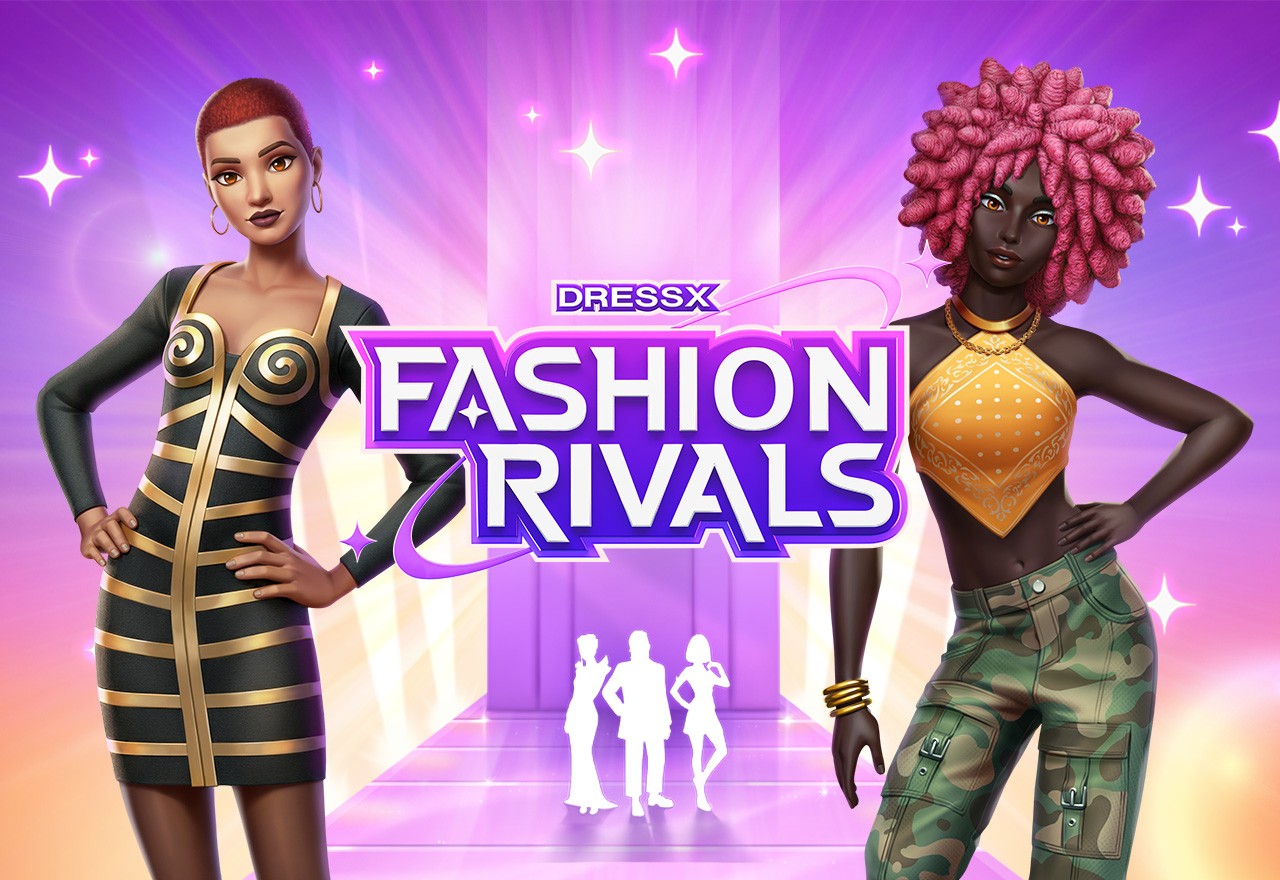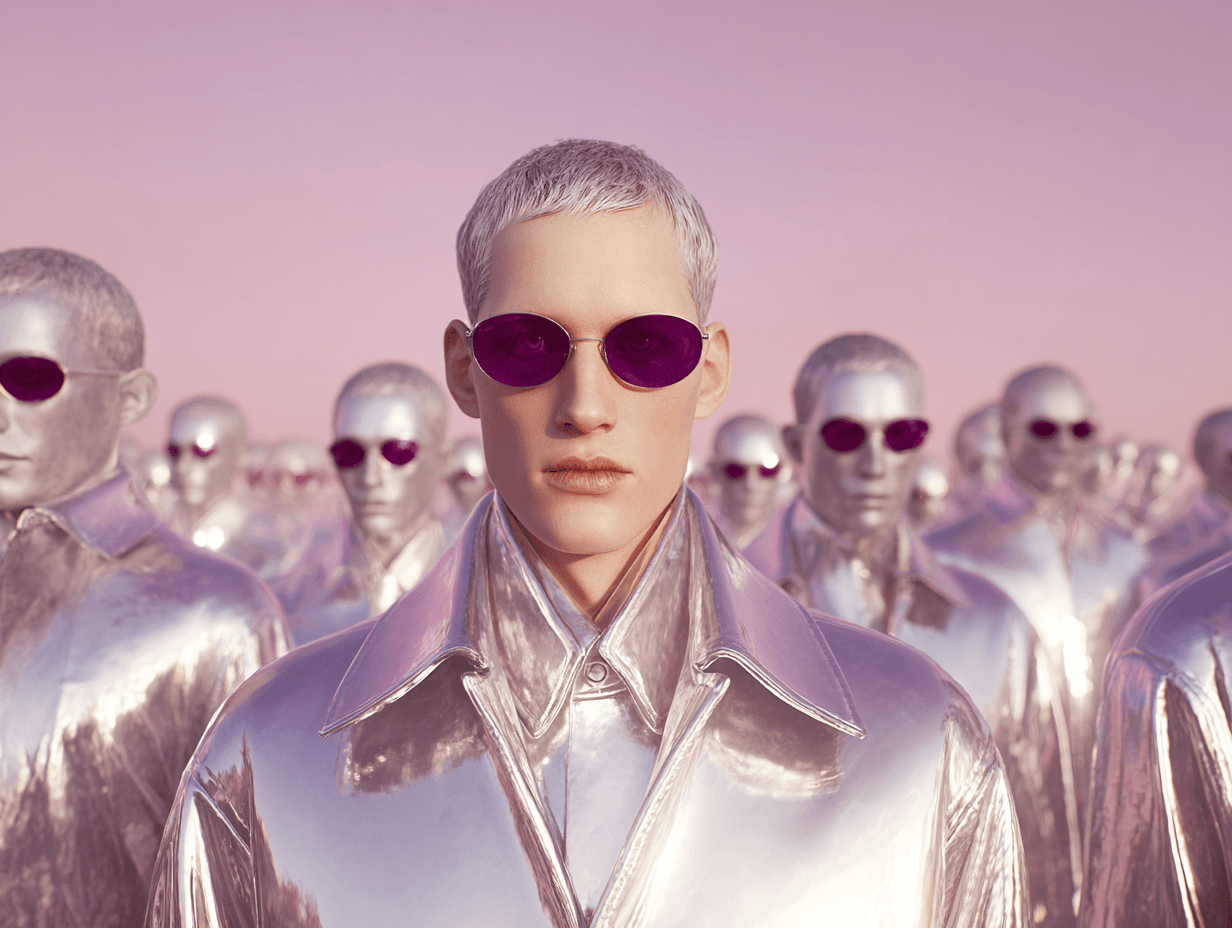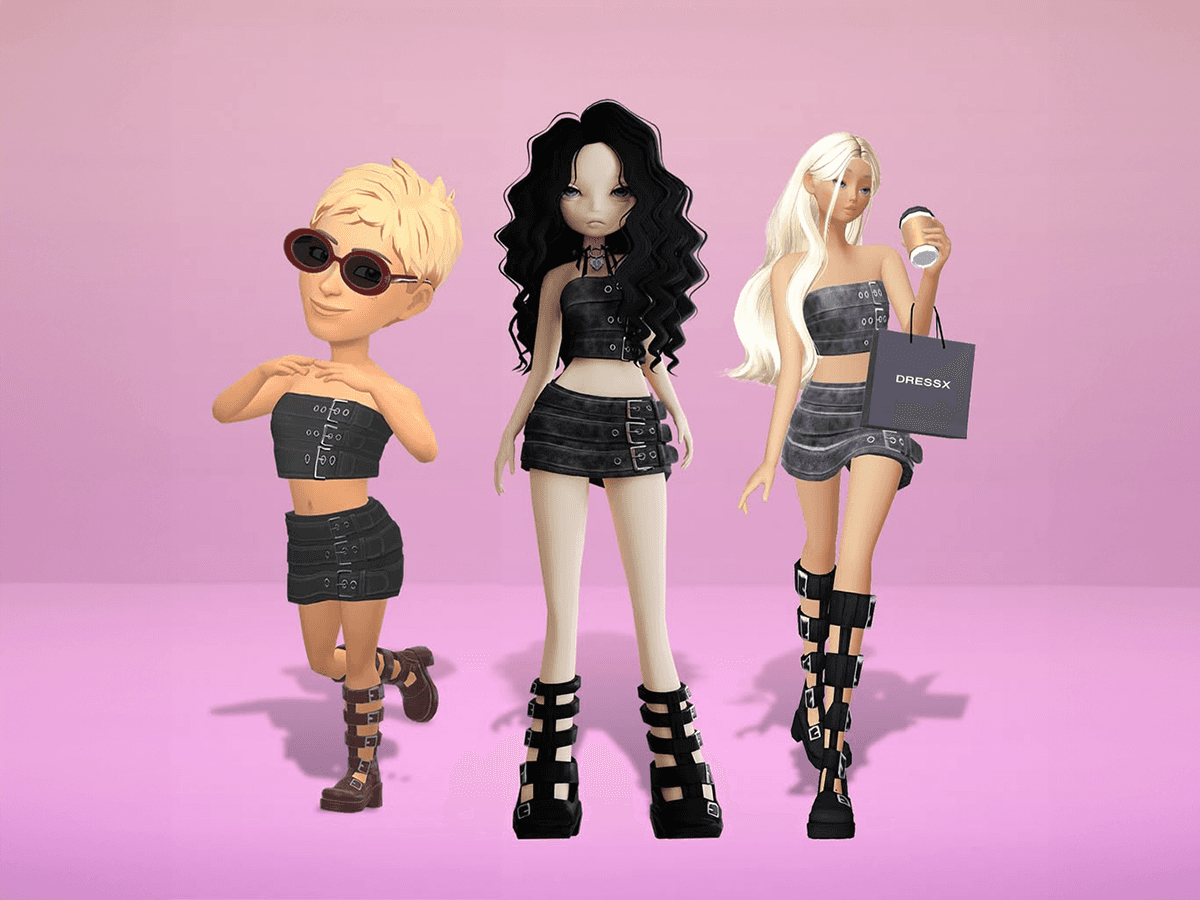How can fashion brands stay relevant in an era where digital identity is just as important as physical appearance? The rise of virtual wearables is transforming the industry, creating new revenue streams and marketing opportunities. As younger consumers spend more time in digital spaces, brands must adapt or risk being left behind.
Why Virtual Wearables Matter for Brands

The digital fashion market is expected to reach $6.61 billion by 2029, growing at a CAGR of 26.2%. This growth is driven by Gen Z and Alpha consumers, who see digital wearables as essential to their virtual identity.
The Business Benefits of Virtual Wearables
New Revenue Streams: Digital-only collections reduce production costs and increase profit margins.
Increased Brand Loyalty: Engaging with consumers in digital spaces strengthens customer relationships, especially with younger audiences.
Sustainability: Virtual fashion eliminates textile waste and carbon emissions from production and logistics.
Marketing & Brand Awareness: Digital fashion collaborations with gaming platforms and influencers create viral campaigns.
Brands Leading the Virtual Wearables Revolution
Luxury and mainstream brands are investing heavily in metaverse fashion to capture new audiences. Here are some pioneering examples:
1. FabriX’s Paolina Russo Collection on Roblox

FabriX presented a collection by designer Paolina Russo which is also available for purchase on Roblox thanks to the collaboration with DRESSX, a long-term technical partner.
Why It Matters: This initiative is a perfect example of how sales of physical items can lead to sales in digital environments and the other way around.
2. Ralph Lauren’s Digital Apparel in Zepeto
Ralph Lauren partnered with Zepeto, a social metaverse platform, offering users the chance to dress their avatars in brand-exclusive digital wearables.
Why It Matters: This strategy introduces the brand to younger consumers in a social-first environment.
3. Balenciaga’s Fortnite Collaboration
Balenciaga entered the gaming world with a collection of in-game virtual wearables for Fortnite players. The collection included digital outfits that mimicked Balenciaga’s real-world clothing, allowing users to dress their avatars in high-fashion designs.
Why It Matters: This collaboration gave Balenciaga direct access to Fortnite’s massive user base, proving that luxury fashion and gaming can successfully intersect.
How Brands Can Capitalize on Virtual Wearables

To succeed in metaverse fashion, brands must integrate digital fashion into their strategy. Here’s how:
1. Develop Virtual-Only Fashion Lines
Creating exclusive virtual wearables allows brands to expand into digital spaces while reducing production costs and environmental impact. For instance:
Tommy Hilfiger’s Virtual Collection: The brand launched a digital-only collection for Decentraland, making high fashion accessible in the metaverse without physical production.
Gucci’s Digital Sneakers: The Gucci Virtual 25 sneaker can only be worn in AR or within specific gaming environments, offering exclusivity and brand engagement without material waste.
2. Leverage Augmented Reality & Virtual Try-On
Virtual try-on technology enhances the online shopping experience by allowing consumers to preview outfits in real time. Brands like:
Dior use AR fitting rooms to let customers visualize how garments will look before purchasing.
Snapchat and Instagram offer AR filters for brands to showcase digital apparel, encouraging user-generated content and organic marketing.
3. Partner with Gaming & Social Platforms

With over 3 billion gamers worldwide, collaborating with platforms like Decentraland, Roblox, and Fortnite ensures brand exposure in digital-first spaces. Consider:
Nike’s Nikeland on Roblox, where users can dress their avatars in virtual Nike gear while engaging with brand-inspired activities.
Burberry’s collaboration with Blankos Block Party, offering limited-edition NFT wearables that blend gaming and fashion.
4. Use Data-Driven Personalization
Virtual wearables allow brands to collect valuable consumer insights. By analyzing digital fashion purchases, brands can:
Tailor Future Collections: Understanding what digital items sell best can inform physical fashion lines.
Offer Personalized Recommendations: AI-driven fashion assistants can suggest virtual outfits based on a user’s purchase history and digital persona.
Pro tip: Check out our blog on AI Styling to learn more about how you can apply the power of AI to your online retail
DRESSX: The Ultimate Platform for Virtual Wearables

A leader in metaverse fashion, DRESSX is redefining digital fashion by offering cutting-edge virtual outfits for consumers and brands.
What Sets DRESSX Apart?
Sustainability-Driven: Digital fashion reduces waste and carbon footprints.
Scalable & Accessible: High-fashion digital pieces at accessible price points.
Interoperability: Wearable across AR, gaming, and social media platforms.
The DRESSX MetaCloset App: Unlocking New Fashion Experiences
DRESSX’s MetaCloset app provides users with a seamless way to collect, style, and showcase virtual wearables.
Key Features:
Instant Virtual Try-On: Real-time previews of virtual outfits.
NFT & Digital Ownership: Secure and verifiable digital fashion assets.
Cross-Platform Integration: Wearable across multiple metaverse environments.
Why Brands Must Act Now
Virtual wearables aren’t just a trend; they are reshaping the fashion industry. Digital-native consumers are willing to invest in metaverse fashion, with studies showing that 74% of Gen Z are interested in digital clothing for their avatars. Brands that embrace virtual wearables now will:
Gain early-mover advantage in an expanding market.
Build deeper connections with younger, digitally fluent audiences.
Unlock new revenue streams beyond traditional retail.
Enhance sustainability efforts by reducing material production.
With DRESSX paving the way for digital fashion, brands have a ready-made platform to explore and monetize virtual wearables. The future of fashion is already here—will your brand be part of it?









